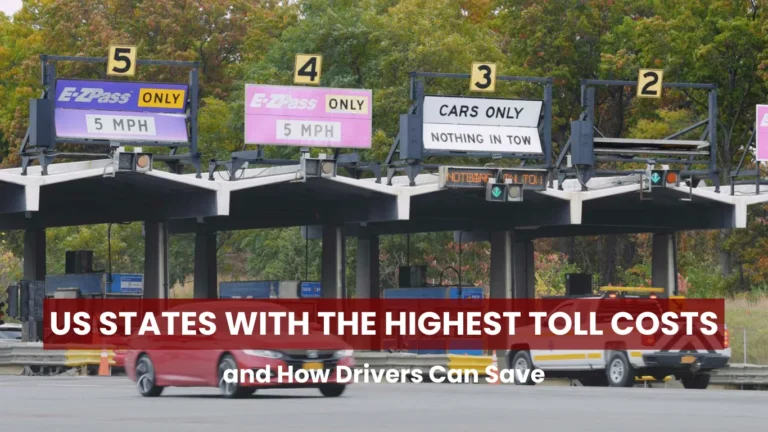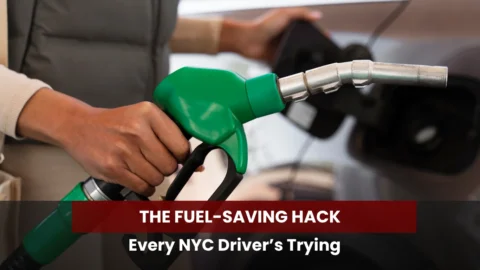A common complaint drivers across the United States have is how toll fees eat into their budgets. Apparently, some states treat highways like private clubs, and you need to pay up just to keep moving!
I’m not against tolls as they help fund road upkeep. But in certain places, they can feel overwhelming, especially if you’re commuting daily or traveling long distances.
Let’s explore how the U.S. measures up on toll costs.
The States That Hit Your Wallet the Hardest
As per reports, these are the states where tolls stand out for being among the highest:
Virginia
Virginia tops interstate toll costs at about $3.27 per mile for passenger vehicles on some express lanes during rush hours (I-66, for example).
New York
Between the New York Thruway, bridges, and tunnels around NYC, costs pile up quickly when you drive through New York. Daily commuters here really feel the pinch. For instance, if you’re driving the length of a major section (like I-87 / I-90), you might pay $22.66-$39.65 on some trips.
New Jersey
New Jersey’s on this list because its Garden State Parkway and the Turnpike are some of the busiest roads in the country—and you pay a hefty price to use them.
Florida
With Florida’s SunPass you pay the lowest toll rates in the state. However, while the roads are usually smooth and well-kept, constant toll points can add up to a big amount for frequent drivers.
Pennsylvania
While Pennsylvania has average maximum fees on interstate toll roads at around $1.73 per mile, the PA Turnpike is long, expensive, and almost unavoidable if you’re crossing the state east to west.
Why Tolls Vary So Much
Tolls are levied not just based on distance. Each state has its own way of charging tolls. Some choose per mile, others by entry and exit points, and in cities, you often pay just to cross a bridge. Additionally, you also need to consider congestion pricing in certain city areas, and suddenly, a quick drive can get you a big toll bill.
How These Costs Stack Up
Tolls in the US can hit hard if:
- You use tolled express lanes in Virginia at peak hours. This could easily cost you $20–$30 just crossing one stretch.
- You commute across toll bridges into NYC multiple times a week. Congestion fees plus bridge/bridge-tunnel tolls add up.
- Long interstate travel through the Pennsylvania Turnpike or the Thruway in New York. Here, each mile adds up when rates are considerable.
How Drivers Can Save
These are a few ways to keep toll costs in check:
Get a transponder pass
EZ-Pass, SunPass, FasTrak—different states have different names, but they all save you money compared to paying cash or pay-by-plate.
Plan alternate routes
Apps like Google Maps and Waze often show toll-free options. They may take a bit longer, but on longer trips, they can save serious money.
Carpool or rideshare
Splitting tolls with even one other person makes them far more bearable.
Look into commuter discounts
Some states give reduced rates for frequent travelers who set up accounts.
Putting It All Together
When you see the actual toll figures, you realize how tolls aren’t just “a little extra” but can really impact costs, especially if you drive daily or for long distances. Driving in the U.S. can mean tolls can sneak up on you if you’re not paying attention. Planning ahead should make a difference between an affordable road trip and one that leaves you grumbling at every booth. If you’re smart about passes, routes, and timing, you can cut down the impact of tolls while still getting where you need to go without feeling drained by your drive.
From toll tips to travel hacks and everything else automotive, Ask About Cars has you covered.







